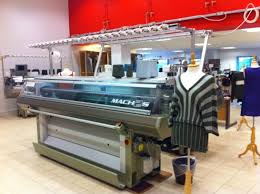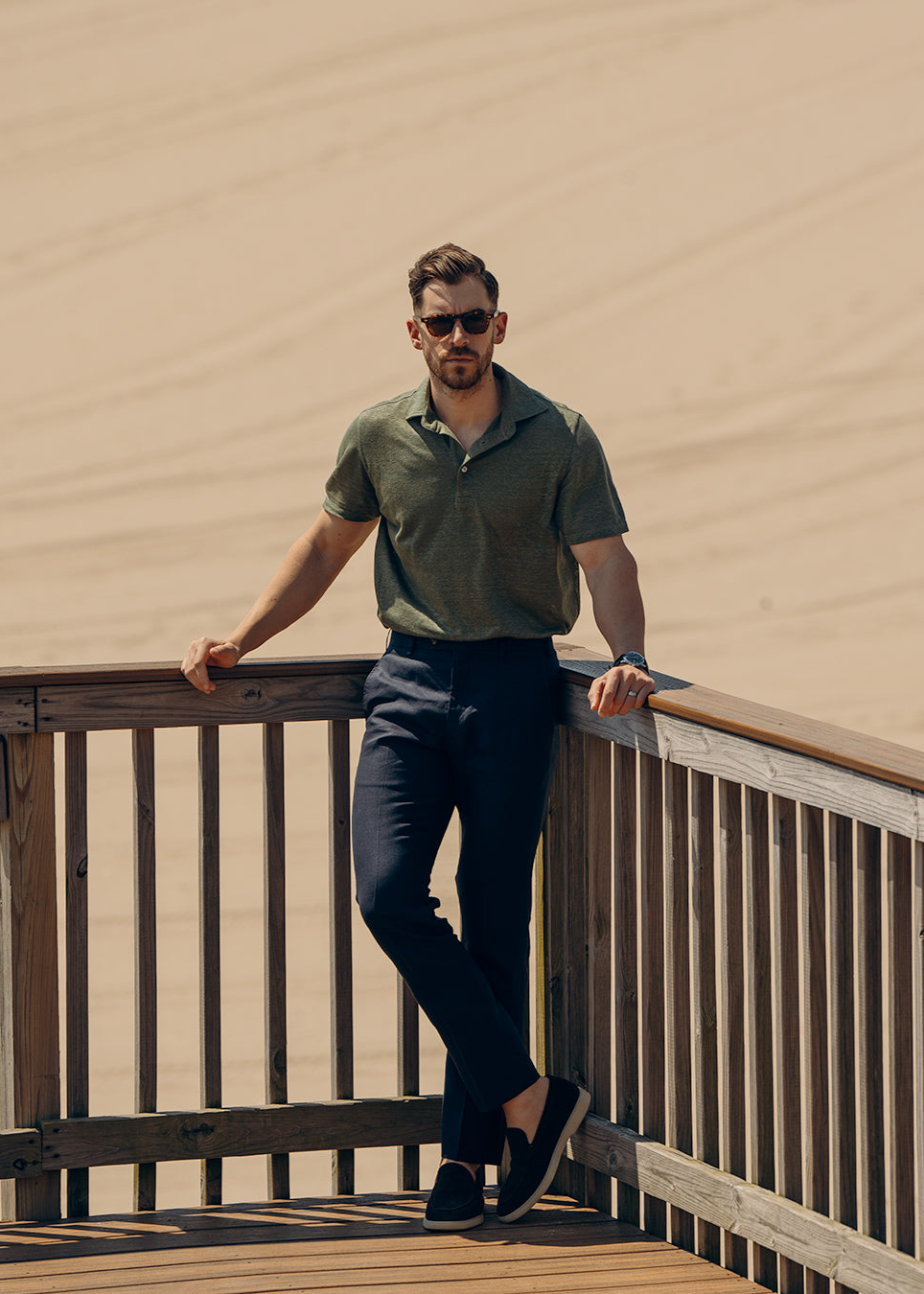
Intarsia knitting is an insanely cool and specialized technique used to create beautiful patterns by combining multiple colors within a single piece of fabric. Unlike other colorwork methods, such as jacquard, intarsia relies on knitting separate sections of color with individual yarns, eliminating the need to carry unused yarn across the back. This results in bold blocks of color and gives the garment a smoother and lighter feel.
However, the intricacy of intarsia comes at a cost. The process is labor-intensive, requiring each color section to have its own yarn bobbin or skein. As the knitter works through the pattern, they must constantly switch between these yarns, making the technique slow and highly manual. The level of skill and time required naturally increases both labor costs and the price of the final product.
Precision is key in intarsia knitting. Color transitions need to be flawless, without any gaps or loose stitches, which demands close attention to detail. Even a small mistake can be costly, often requiring entire sections to be undone and reworked. Add to that the limited automation available for this technique—while some specialized machinery can handle parts of the process, much of the work still needs to be done by hand, further driving up production costs.
The use of multiple yarns in various colors not only adds to the complexity but also increases the material costs. In intricate designs, there’s more room for error and wastage, making the entire process more expensive.
Despite these challenges, intarsia holds significant advantages over techniques like jacquard. One of its standout benefits is the clean, uninterrupted color transitions it offers. Because intarsia doesn’t carry unused yarn across the back, the garment remains smooth and flexible, avoiding the bulkiness and puckering often seen in jacquard. This makes it ideal for creating large, bold designs, geometric patterns, or even more complex visuals that would be distorted using other methods.
Intarsia also eliminates the issue of "floats," or strands of unused yarn that are carried along the back in jacquard knitting. These floats can snag, add unwanted bulk, or create discomfort, particularly in luxury knitwear. With intarsia, the reverse side of the fabric is much cleaner, which is highly desirable in high-end garments.
Ultimately, while intarsia knitting is more expensive due to its labor demands, precision, and higher material costs, its advantages over other techniques—especially in terms of cleaner color transitions, flexibility in design, and the absence of floats—make it harder for lower end knit makers to produce. It's a that choice that only higher end knitwear makers can afford to create. The final product is not only visually striking but also more comfortable and refined, justifying the extra cost.



